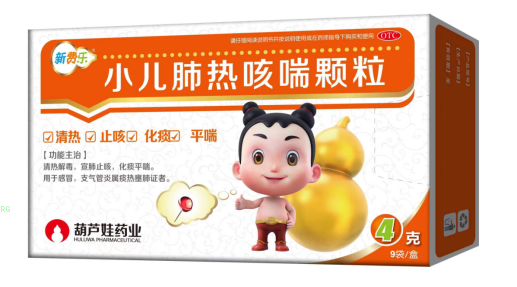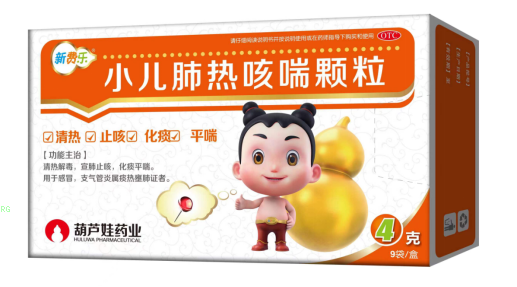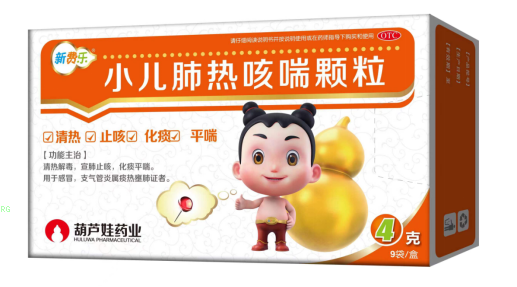Is waking up every day like riding a roller coaster? When you turn your head, everything seems like you've been drinking fake alcohol? look out! Your cervical spine may be; Call the police;! Dizziness is a common symptom in daily life, among which cervical spondylosis is the most common. Today, we are going to dig deeply into the cervical spondylosis type dizziness, which is the health killer of 200 million countrymen. So, what is the cause of dizziness and how can we cure it?
First, let's understand the various causes of dizziness:
Neurological disorders, such as brain lesions, cerebral ischemia, etc., can affect the normal function of the brain and lead to dizziness. Ear diseases such as otitis media can affect the balance function of the inner ear, leading to dizziness. Internal medicine diseases such as hypertension, hypotension, anemia, poisoning, hypoglycemia, etc. can affect the normal metabolism and blood circulation of the body, leading to dizziness.
Cold: During a cold, weakness in the limbs and poor mental state may also cause dizziness.
Cerebral arteriosclerosis: Cerebral arteriosclerosis can cause insufficient blood supply to the brain, leading to dizziness.
Heart disease: Dizziness symptoms may also occur in the early stages of heart disease, accompanied by palpitations, chest tightness, etc.
Cervical spondylosis: Cervical spondylosis can cause compression of the vertebral arteries, stimulation of the sympathetic nervous system, disorders of the cervical joints, and tension in the neck muscles, leading to dizziness. Next, what causes dizziness and what can be done to cure it? In fact, dizziness caused by cervical spondylosis is quite common. So, what can be done to cure dizziness caused by cervical spondylosis?
1. Physical therapy:
Hot compress: Apply a hot towel or hot water bag to the neck for 15-20 minutes each time, 3-4 times a day, to promote blood circulation.
Ultrasound/electrotherapy: Relieves muscle tension and pain, improves blood circulation, and reduces dizziness.
Cervical traction: Mechanical or manual traction of the cervical spine reduces intervertebral disc pressure, improves physiological curvature, and reduces dizziness. However, it should be noted that although physical therapy is relatively safe, improper operation or individual differences in patients may pose related risks, and caution should be exercised when choosing.
2. Drug therapy:
Non steroidal anti-inflammatory drugs such as ibuprofen can alleviate inflammation and pain.
Muscle relaxants: such as ethiperidone, chlorzoxazone, etc., can relieve neck muscle tension.
Medications for improving cerebral blood circulation: If accompanied by symptoms of insufficient cerebral blood supply such as dizziness, these medications can be used.
traditional Chinese patent medicines and simple preparations:
For dizziness caused by cervical spondylosis, Qishe Pill recommended by national experts on cervical spondylosis can improve various symptoms and signs of patients with nerve root type cervical spondylosis, and can effectively improve fatigue symptoms. The ingredients of Qishe Pill include Huangqi, Chuanxiong, artificial musk, Qingfengteng, Fangji, artificial bezoar, etc. It has the effects of nourishing qi and removing blood stasis, dispelling wind and unblocking meridians, relaxing tendons and relieving pain. It can alleviate and improve the three major symptoms of pain, numbness, and dizziness that occur in cervical spondylotic radiculopathy. Compared with other drugs, Qishe Pill has relatively fewer adverse reactions. The "Consensus of Traditional Chinese and Western Medicine for the Diagnosis and Treatment of Cervical spondylosis (2023)" recommends the use of Qishe Pill, which has high safety and can not only relieve dizziness symptoms, but also regulate the balance of qi and blood in the body, and improve the overall condition of the body.
3. Lifestyle adjustment:
Improve sitting posture: Maintain the correct sitting posture and avoid looking down or up for a long time.
Increase neck exercise: Engage in moderate neck movements, such as slowly turning the head left and right, nodding up and down, bending the neck sideways, etc. Repeat each movement 5-8 times, 3-4 groups per day. You can also try neck exercises, which can move the cervical spine in all directions, enhance neck muscle strength, improve cervical joint mobility, stabilize cervical structure, reduce compression on vertebral arteries and nerves, and relieve dizziness.
Maintain good sleep habits: Ensure sufficient sleep time and avoid catching a cold in the neck.
[Expert advice] Don't let "; Temporary dizziness control; Delay treatment! Many patients fall into the trap of '[SEP]; Apply ointment → relieve → relapse → more severe; The vicious cycle. The reason why Qishe Pill was included in the Expert Consensus on the Diagnosis and Treatment of Cervical Spondylosis with Integrated Traditional Chinese and Western Medicine is because it resembles; Vascular dredging agent+nerve repair agent; Dual effect integration, improving cervical spondylosis from the root. Remember: treating cervical spondylosis is like extinguishing a fire source. Simply extinguishing an open flame (symptoms) is not enough, it is even more important to eliminate the smoldering flame (cause)!
Next time you feel dizzy, feel your back neck - if you notice; Fortune Pack "; Pressing causes severe pain, turning your head makes a clicking sound, and your cervical spine has already turned red! Hurry up and collect this; The Handbook for Treating Dizziness; Forward it to the person who always says'; Dizziness "; The TA!
The above is the answer to "What causes dizziness and what can be done to cure it". Although dizziness is common, it should not be taken lightly. By scientifically identifying the cause, adjusting lifestyle, and cooperating with treatment, most dizziness problems can be effectively alleviated.






Comments (0)
Leave a Comment
No comments yet
Be the first to share your thoughts!